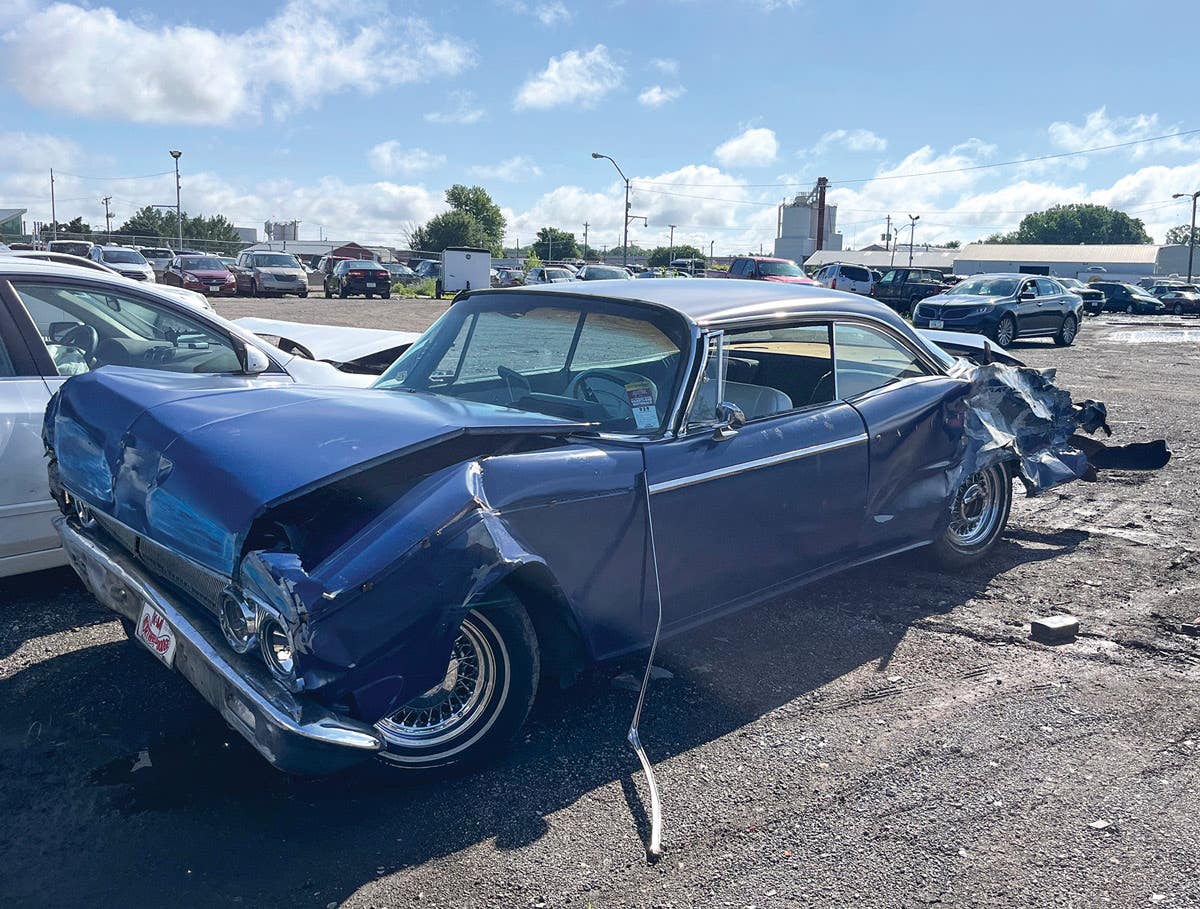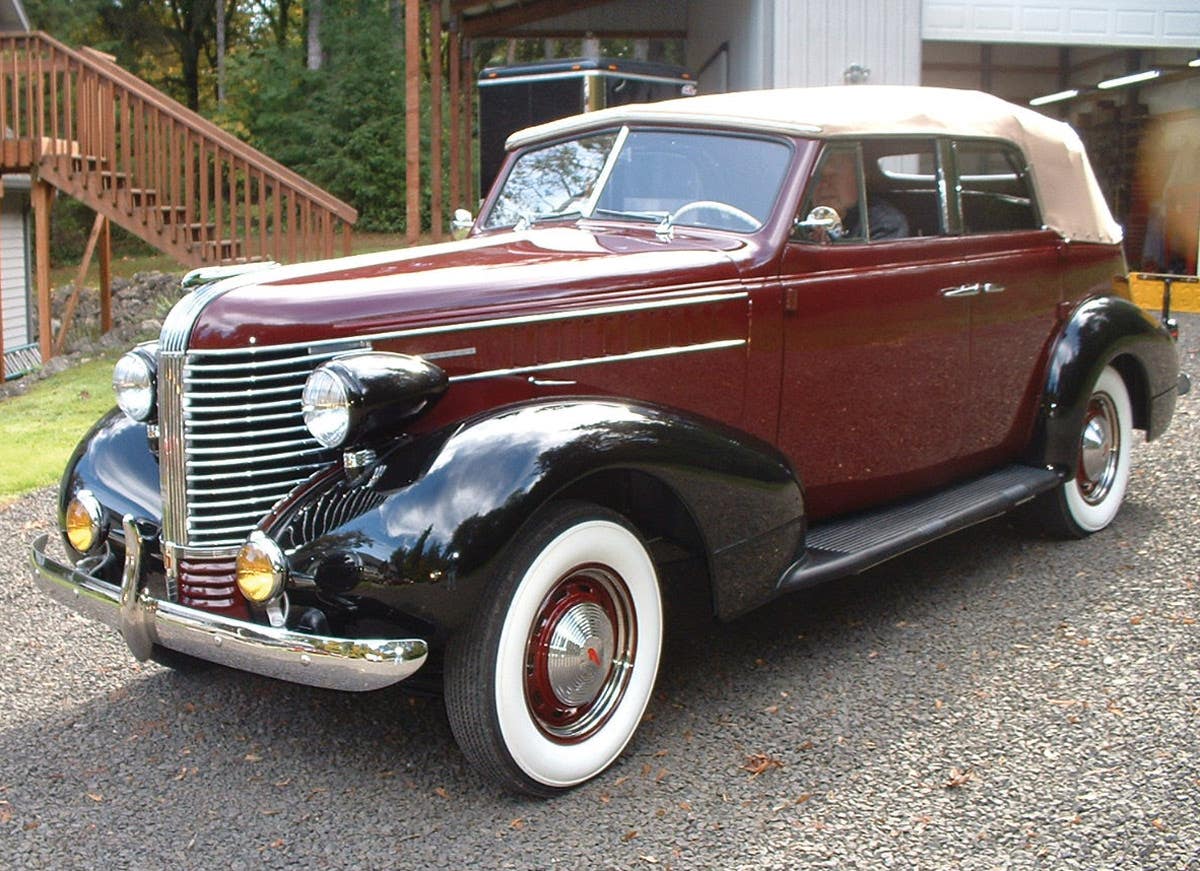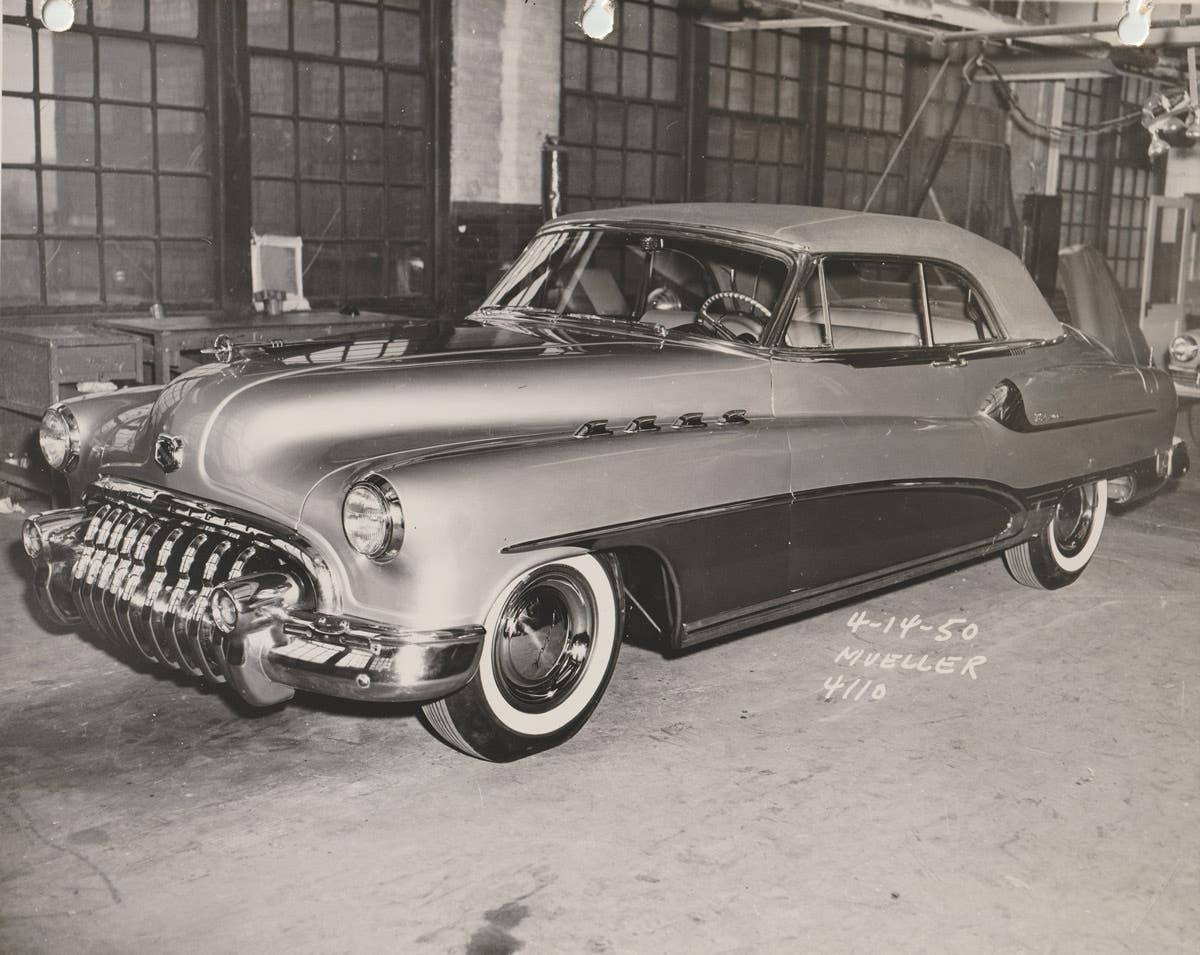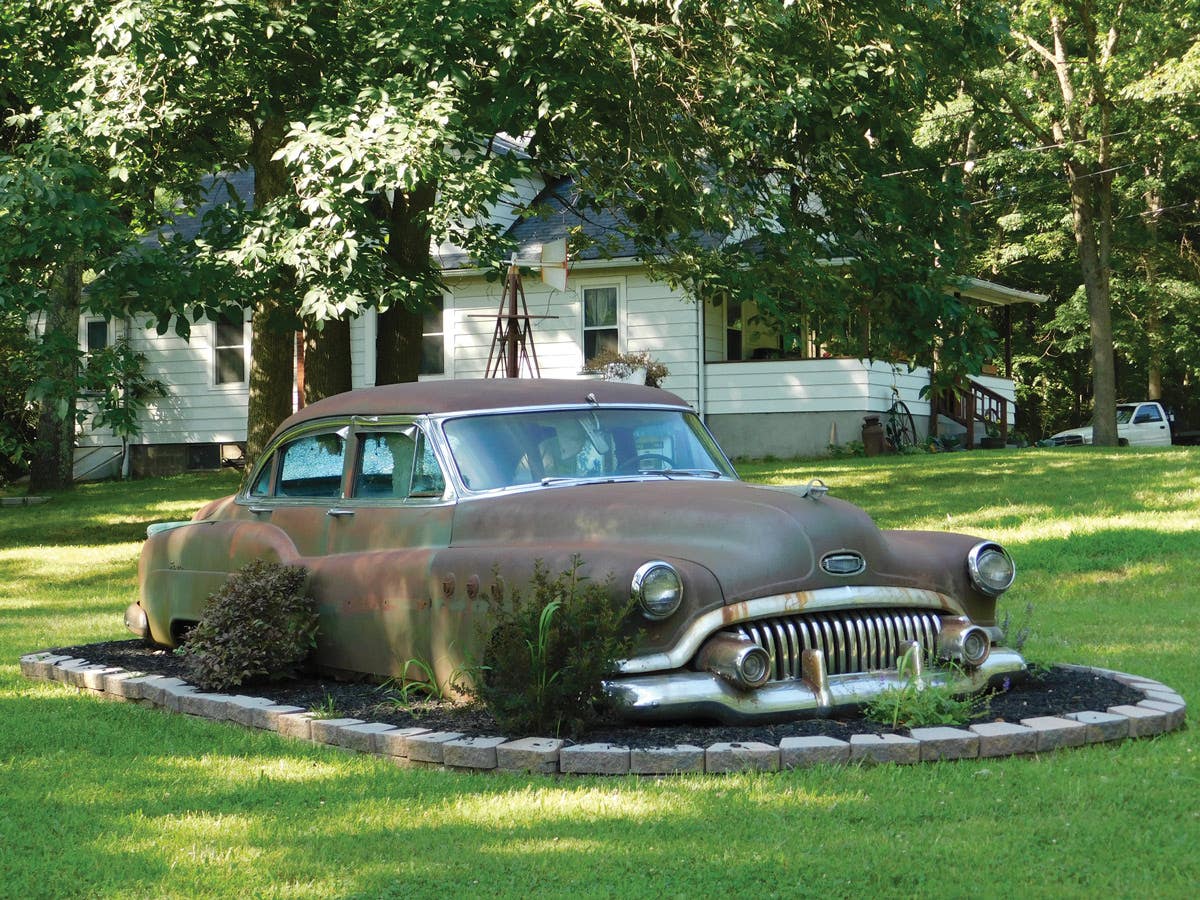Q&A with Kit Foster: September 22, 2011
Q. I have an old repair kit for Plymouth, De Soto and Dodge radiator caps. It’s of the National Wheel Parts brand, and the bottom of the box is labeled…
Q. I have an old repair kit for Plymouth, De Soto and Dodge radiator caps. It’s of the National Wheel Parts brand, and the bottom of the box is labeled “Wheel Parts & Mfg. Co., Inc. – New York.” Would someone have the company’s current address?
Al Cuneo, Wurtsboro, N.Y.
A. Mr. Cuneo sent a photocopy of the box, which won’t reproduce here. Judging from its age, I suspected the company might be long gone, but an internet search turned up an outfit by that name in Rego Park, N.Y. It’s listed as an exporter of auto parts and accessories, so if it really is the same company, it may not be in the same business any longer. I’ve supplied the information to Mr. Cuneo.
------------------------------------------------------------
Q. Bob Moeller (Aug. 11 “Q&A”) was surprised that Ford outsold Chevrolet for the 1957 model year. This was the first time in more than 20 years that this happened, and there was a reason for it: styling. For ’57, Ford and Chrysler came out with all-new designs that were sleeker and longer, while Chevy merely gave its cars a major facelift. The iconic ’57 Chevy was the same shoebox design as the 1955 and ’56 models. However, they were higher quality cars, which is why ’57 Chevys still exist in larger numbers, while ’57 Fords and Plymouths are relatively scarce.
Marc D’Ambrosio, Thornwood, N.Y.
A. In answering Mr. Moeller, I stuck to the simple facts and didn’t try to analyze why Ford suddenly outsold Chevy. You are right that Chevrolet was in the third year of a three-year cycle, while the other two had new designs. Fresh styling can’t be the whole answer, because Plymouth trailed both Ford and Chevy by about a million cars. What’s interesting is that the third-year Chevy has proved by far more popular in the collector market, demonstrating that what looks exciting at the time may not have staying power. One of the factors in Chevy’s favor concerns the Cadillac styling cues that were added for 1957. Its comparatively understated look is probably another factor in its enduring appeal. Still another has to do with the small-block V-8, then in the early years of a long life, while Ford’s Y-Block was already considered rather old fashioned (although it remained the base V-8 in full-size Fords for another five years). Both Ford and Plymouth, as you say, suffered quality problems that were apparent even when the cars were new. We may get a flood of mail from marque partisans on this topic, so please forgive me in advance if I pick and choose carefully from among the comments.
------------------------------------------------------------
Q. Regarding the cleaning of whitewall tires, years ago I purchased a set of wide whitewalls for my 1950 Mercury. Included with the tires was literature telling me not to use conventional whitewall cleaner because it dried out the rubber. Instead, it suggested using a product such as Simple Green. It works well.
Roger Kaufman, via e-mail
A. We also heard from A.R. Lewandoski, of Pittsburgh, Pa., on this topic. He uses a bucket of water, a stiff-bristle brush and Ajax cleanser with bleach. He says Ajax is also excellent on older, dirty convertible tops, although you need to use lots of water to wash away any cleanser that drips down onto the paint.
------------------------------------------------------------
Q. I suspect the photographs of the mystery microcar (Aug. 11 “Q&A”) might be a King Midget. In the first couple of years of production, King Midgets resembled an Indianapolis-type racer. You bought a kit out of Popular Mechanics, and could customize it any way you desired. We restored a similar car 20 years ago. They are rare today. The owner added his own custom grille, nerf bars, hubcaps and engine when he and his dad originally built the car in the early 1950s. I’ve only ever seen one other of the early-style King Midgets for sale, in many years of interest in old cars and 28 years of attending Hershey. In later production, the King Midget became a boxy, two-passenger model. The later ones are still around, and I believe there was one for sale at last year’s Hershey meet.
Webb Smith, via e-mail
A. You’re right that the mystery car bears some resemblance to the early King Midget. However, there are some significant differences. The King Midget has four wheels, while the mystery car in the photos has only three. The King Midget appears to be of front-engine design, while the mystery car (like the later King Midget) had its engine in the rear.
To submit questions to this column: E-mail ron.kowalke@fwpubs.com or mail to: Q&A, c/o Ron Kowalke, 700 E. State St., Iola, WI 54990-0001.
Got Old Cars?
If you don't subscribe to Old Cars Weekly magazine, you're missing out on the only weekly magazine in the car hobby. And we'll deliver 54 issues a year right to your mailbox every week for less than the price of a oil change! Click here to see what you're missing with Old Cars Weekly!
More Resources for Car Collectors:
- Classic car price guides, research, books, back issues of Old Cars Weekly & more
- Get expert restoration advice for your classic car
- Get car pricing, data and history all in one place
- Sign up for Old Cars Weekly's FREE email newsletter
- Need to buy or sell your classic car? Looking for parts or memorabilia? Search our huge online classified marketplace







